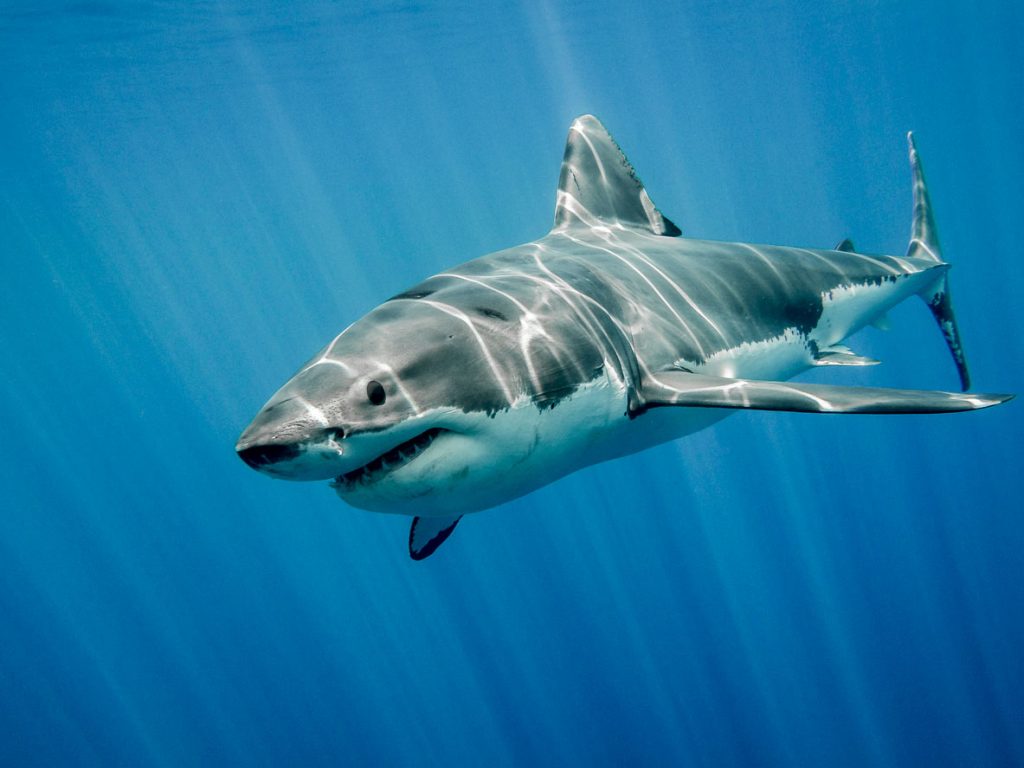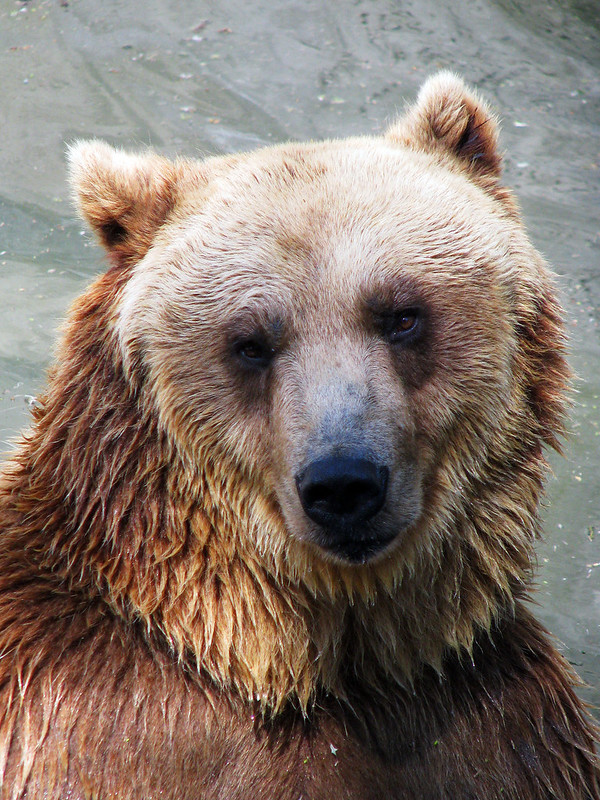So what animal has the best sense of smell or olfactory senses? Over millions of years, animals have evolved in various ways to adapt to their environment and ensure the continuity of their species. Similarly, many members of the animal kingdom have evolved to have an extremely sharp sense of smell for a number of reasons: to compensate for a weaker sense of sight or hearing, to hunt for food, to avoid predators, or to find a suitable mate, etc.
Elephants
While it’s difficult to come up with one agreed ranking of animals based on their sense of smell, many scientists seem to agree that elephants, and the African elephants, in particular, have the sharpest sense of smell in the animal kingdom.
Elephants have their nostrils located towards the end of their trunks. They are known to have the highest number (around 2,000) of olfactory receptors – genes associated with the sense of smell – among animals. These are five times greater than those of humans and two times greater than those of dogs.
Even though they have a sharp sense of smell in general, elephants have a very acute olfactory sense when it comes to water. They can detect its smell from up to 12 miles away. Also, elephants even have the ability to differentiate between similar smelling plants.
A report found that elephants used scent to differentiate between two Kenyan tribes, Maasai and Kamba, and avoided the Maasai tribe since they sensed danger from it. Truly the survival of the fittest!
Sharks
The sense of smell is known to be the most vital sense for sharks. Among these creatures with a heightened sense of smell, the Great White Shark has the largest olfactory bulb, a structure in the brain that assists with olfactory functions. The nostrils of a shark are located on the underside of its snout. Within these nostrils are nasal sacs filled with many sensory cells. Also, a shark’s snout is only used for smelling and not for breathing.

As a matter of fact, two-thirds of a shark’s brain is dedicated to heightening its sense of smell. With their unbelievable olfactory sense, sharks can even detect a single drop of blood among 10 billion drops of water! This means they can detect very tiny amounts of blood, food, and other substances from meters. This is why it comes as no surprise that sharks can even detect blood in water from up to 5 km away. While the exact specifics vary due to the nature of the substance and the species of the shark, it’s no wonder sharks are termed as “swimming noses”.
Compared to humans, sharks’ sensitivity to smell is hundreds of times stronger.
Bears
Bears are known to have more olfactory receptors than any other terrestrial mammal. Various species of bears have impressive olfactory qualities. Following are a few interesting examples.

- A black bear can move straight up to 18 miles following the scent of food.
- A polar bear can detect the scent of a seal even through 3 feet of ice.
- A grizzly bear can detect an animal carcass from up to 30 km away even if it’s underwater.
But food is not the only aspect of life that bears use their exceptional sense of smell for. Male polar bears can even travel a hundred miles following the scent of a sexually receptive mate.
Among bears, the Silvertip Grizzlies which are commonly found in North America are known to have the sharpest sense of smell. In fact, their sensitivity to smell even beats that of bloodhounds!
Compared to humans, the part of the brain that detects smell is 5 times larger in bears. And when you simply compare the magnitude of this sense, bears have it 2100 times better than us!
Snakes
A snake is possibly the most interesting animal on this list because it doesn’t even use its nose to smell! In fact, a snake tastes the air using its forked tongue where the damp surface catches scent particles and carries them to the Jacobson’s or vomeronasal organ. This is a special organ used to heighten the sense of smell and uses scent particles to differentiate between food and danger.
When a snake smells something, it flicks its tongue and the pair of tines on it catch more odor molecules. When the tongue goes back inside the mouth, it touches the Jacobson’s organ located at the roof of the mouth. Also, since they have a small notch in their lips, snakes don’t even need to open their mouths to flick out their tongue.
Another engaging aspect of the smelling mechanism of snakes is that they can smell in 3 dimensions. Due to their forked tongue, they can smell in 2 different directions and places, even if they are still very close. And when the tips of the tongue are spread apart, this distance is further increased. This allows snakes to detect chemical gradients in the environment and hence, smell in 3 dimensions.
This strong olfactory sense of snakes is to compensate for their poor senses of sight and hearing.
Kiwis
Among birds, there is no animal that beats the strong sense of smell of New Zealand’s kiwi. A kiwi’s olfactory bulb is the second largest among birds proportional to the size of its forebrain. This sharp sense is also due to their high number of olfactory receptor (OR) genes.
The reason kiwis have such good olfactory sense is because one – they have poor eyesight – and two – they cannot fly and must find prey on the ground. These adorable birds are omnivores and their diet consists of worms, woodlice, centipedes, millipedes, spiders, slugs, insects, snails, seeds, berries, and plant material – most of these are found on or close to the ground. Their nostrils are externally located at the tip of their unusually long beak to make food hunting easier. These beaks also have sensory pits that let them detect the movement of prey on the ground. This is why kiwis can even find food from underground or within leaf litter.


Lydia King is a huge animal lover and has always been fascinated with learning about the animal kingdom. She enjoys writing about anything animal related from scientific information about rare species to animal references in pop culture.












